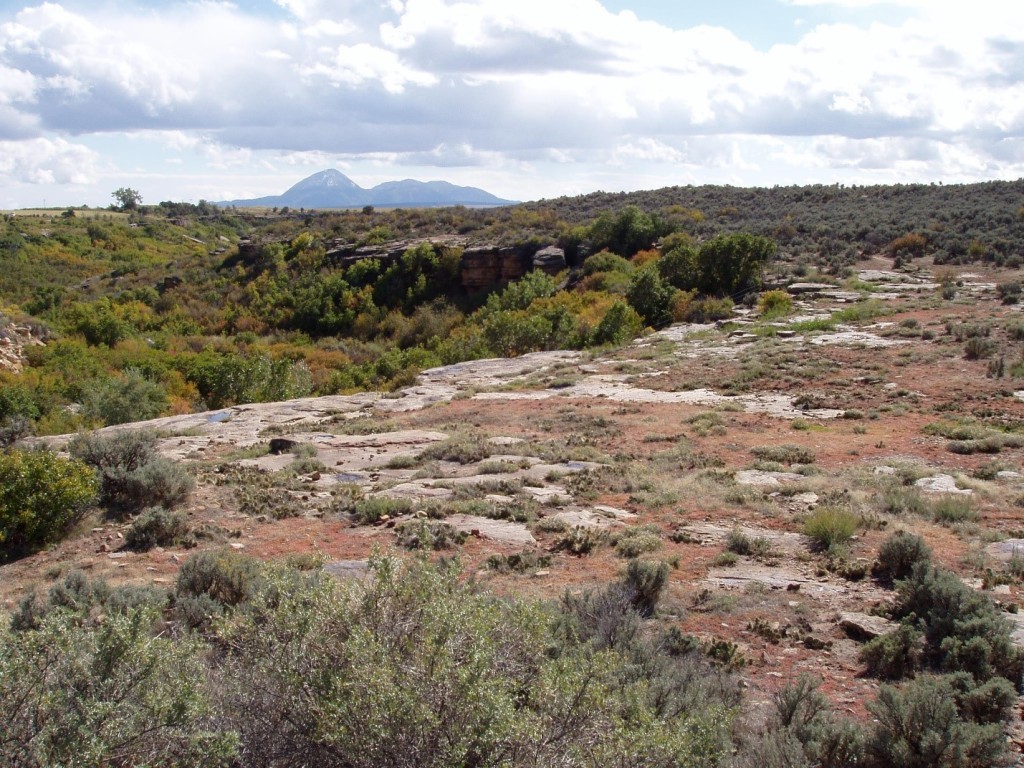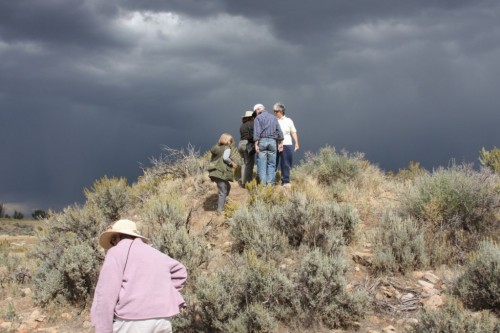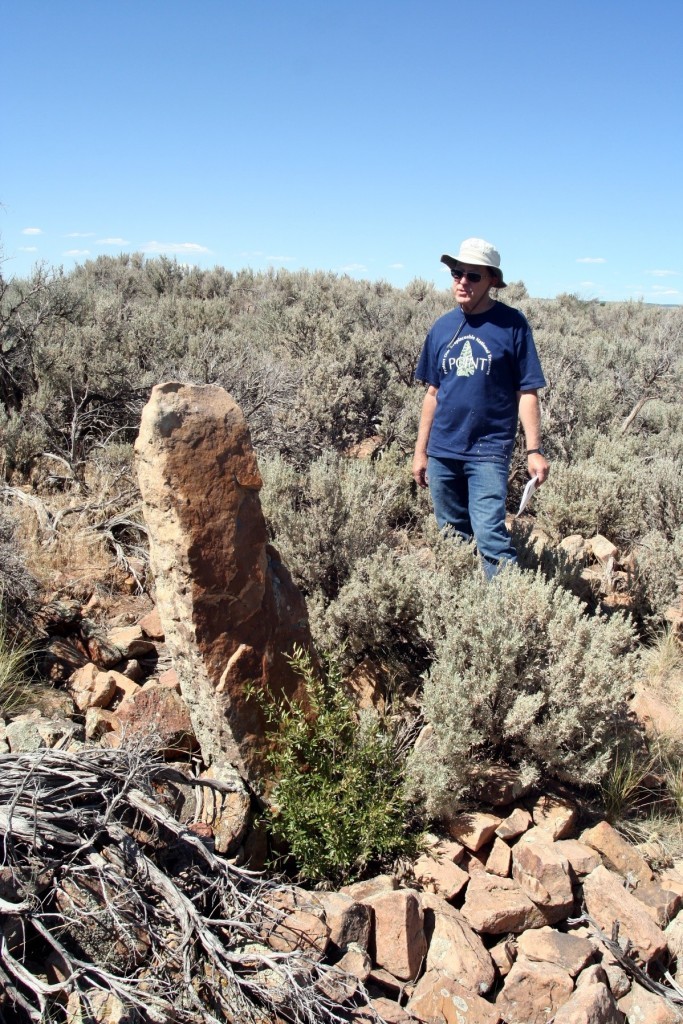My Favorite Preserve from James B. Walker, SW Regional Director
Celebrating 35th years of The Archaeological Conservancy with the People of the Conservancy
Looking back on my 33 years of working for the Archaeological Conservancy, it is really difficult to pick a favorite project that I have worked on. They all are totally unique, each one having a set of characteristics that makes it special. One that is near and dear to my heart is the Yellow Jacket preserve in Southwestern Colorado.
Yellow Jacket Pueblo was one of the very first projects I worked on. We began acquiring pieces of the site in 1982, the year I began my career with the Conservancy. The ruin had multiple owners and although we have acquired 6 parcels at Yellow Jacket through the years, we still don’t quite own the entire site. With 1500+ ground rooms, 192 kivas, 27 towers, a Great house, a Great Tower, a Great Kiva and a possible reservoir, the site is one of the largest in Colorado. Walking through the site always gives me a sense of presence. I have had sweet dreams of walking over a rise to see the Yellow Jacket site in front of me, not as a ruin, but as a vibrant community in its prime.

Yellow Jacket Canyon (left) Sleeping Ute Mountain (background) Yellow Jacket Pueblo (sage–covered mounds to the right of Sleeping Ute Mountain)
The first mention of Yellow Jacket Pueblo in the literature was by geologist J.S. Newberry, who visited the site in 1859. In the mid 1950’s, University of Colorado archaeologist Joe Ben Wheat surveyed a series of sites that make up the Yellow Jacket larger community. Dr. Wheat conducted a field school for 37 years (1954-1991) at the Stevenson site, a pithouse village, and at nearby Porter Pueblo, just across Tatum Draw from the main Yellow Jacket site. Porter Pueblo is now a Conservancy preserve as well, covering 40 acres, acquired in 2004. Porter Pueblo contains about 90 rooms, 14 kivas and a plaza. In honor of Dr. Wheat and his lifetime contributions to the site, the ruin has been renamed The Joe Ben Wheat Site Complex. This work gave us a greater understanding of the community that Yellow Jacket Pueblo was surrounded by.
A portion of the Great House complex at the Yellow Jacket site suffered a significant blow in the 1930’s when the county placed a rock crusher at the southern end of the site and proceeded to crush the building stones for gravel to be used in the highway under construction between Cortez and Dove Creek. Fortunately, only a portion of the Great House was obliterated.
Very exciting research conducted in the early and mid 1980’s by Archaeoastronomer Dr. Kim Malville studied alignments of five stone monoliths and other features located on the Yellow Jacket preserve. One of the monoliths which still stands at over 5 feet tall. Dr. Malville believes that the monoliths may have been used as solstice markers. Four of the monoliths have fallen. The monoliths appear to have been deliberately shaped at their tips, suggesting that the people of Yellow Jacket Pueblo may have used the sharp tip of their shadows to mark solstice sunrise or other celestial events, perhaps noting the projected shadows on wall faces that are no longer standing.
The first time I heard about Yellow Jacket Pueblo was in the early 1970’s as an undergraduate student at the University of New Mexico in Jim Judge’s Southwestern Archaeology class. Dr. Judge had just returned from a trip to Southwestern Colorado where he had seen the site for the first time. With animation and enthusiasm he shared his visit with the class, talking about rows of evenly spaced room blocks branching off of a central causeway as if it had been planned like a modern city. The number of rooms, features and structures wasn’t accurately known until Crow Canyon Archaeological Center conducted a mapping and testing project much later in the 1990’s.
That Southwestern Archaeology class and Dr. Judge’s enthusiasm about the massive site were deciding factors in switching my major away from Biology that pivotal year back in the early 1970’s. I always had hopes of seeing Yellow Jacket Pueblo someday. Little did I imagine that I would not only see it, but I would be working for an organization involved in acquiring the ruin for preservation! The Conservancy has also had the good fortune to have Jim Judge serving as a long-term member of our Board of Directors. Sometimes life points us in exactly the right direction.
The Conservancy’s work at Yellow Jacket isn’t complete. After 6 acquisition projects spanning 32 years, there is still one 40-acre tract that is unprotected. We hope to one day acquire the final piece.





